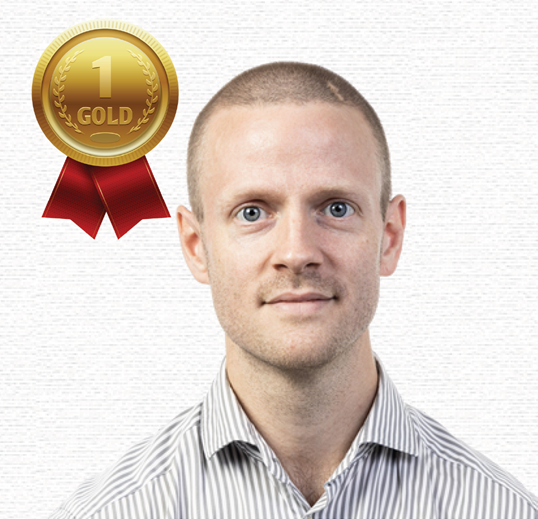We are happy to present the winners of 1st and 2nd place in our Best Scientific Paper Award for HURS 2025, Björn Gylemo🥇 and Anna Nordin🥈!🥳
1st Place: A landscape of X-inactivation during human T cell development
Females exhibit stronger immune responses than males, partly due to X-linked gene expression. Analyzing thymocytes from individuals with varying X-chromosome compositions, we mapped XCI dynamics in T cell development. Surprisingly, XCI remained stable and independent of XIST. Some escape genes were monoallelic, and a second X-chromosome was dispensable for T cell development. These findings refine our understanding of XCI and its role in immune differences.

Björn Gylemo is a last year PhD student in Colm Nestors group. He is interested in all aspects of sex chromosome biology, particularly X-chromosome inactivation (XCI). During his PhD, he has primarily worked with understanding the dynamics of XCI during the process of T cell development and how XCI can differ between different tissues within the same individual. In his spare time, he enjoys running, cycling, and spending time with family and friends.
2nd Place: Exhaustive identification of genome-wide binding events of transcriptional regulators
The study introduces a pipeline called ICEBERG, which improves mapping of where proteins bind to DNA genome wide. Traditional methods often favor false negatives over false positives, which can lead to missing biologically important regulatory events. ICEBERG uses many more replicates to provide a more accurate and complete picture. By applying this method to colorectal cancer cells, we discovered new regulatory patterns that could help explain how the disease progresses.

Anna Nordin grew up in the United States and has a bachelor’s degree in Biomedicine from the University of Skövde and a Magister degree from Linköping’s University in Experimental and Medical Biosciences. She is now a PhD student in the lab of Claudio Cantù, researching transcription factors and chromatin biology, with a focus on the Wnt signaling pathway.